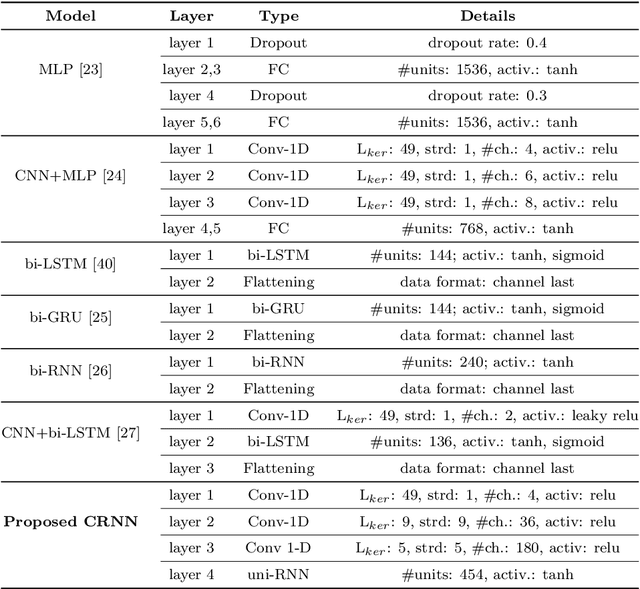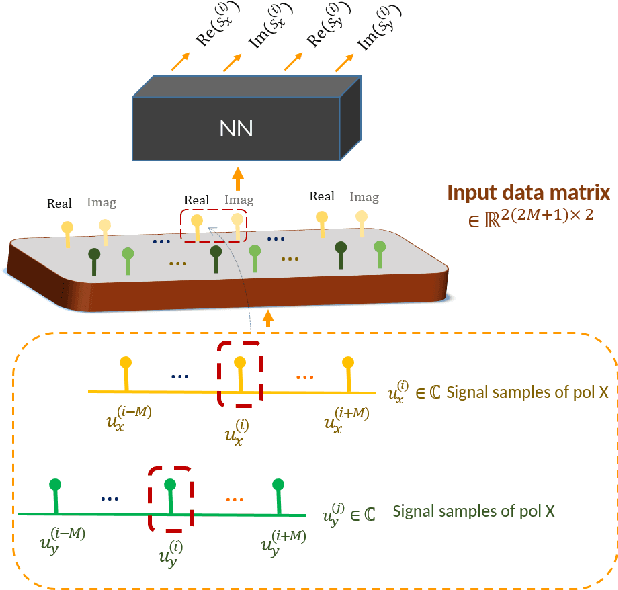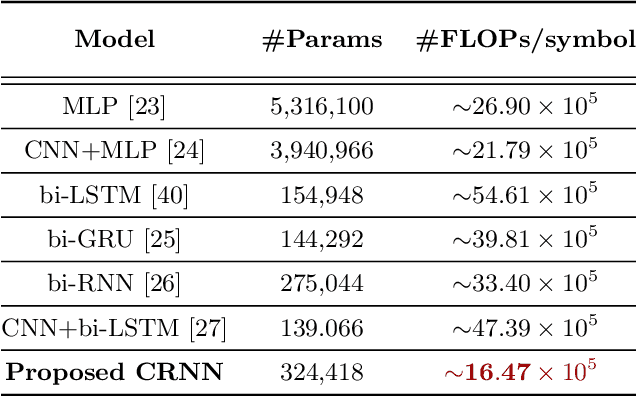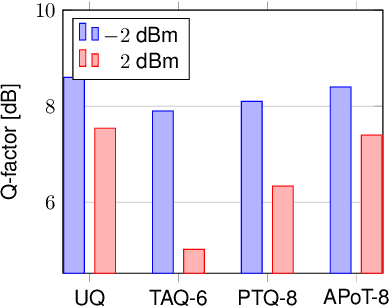Yves Jaouen
Telecom-Paris
2 $μ$m Watt-level Fiber Amplifiers, Lasers, and ASE Sources Pumped by Broadband ASE Pumps
Apr 17, 2024



Abstract:We report the design and demonstration of novel 2 $\mu$m band Watt-level fiber amplifiers, fiber lasers, and wideband ASE sources that are pumped with broad spectrum Watt-level ASE sources instead of conventional fiber laser pumps. We show good agreement between the simulations and experimental results for the performance of a single-stage Ho-doped fiber amplifier at 2050nm wavelength pumped by a 50 nm broadband Tm-doped ASE source centered at 1860 nm. Next, we show that the new ASE pumping approach works effectively for a two -stage Ho-doped fiber amplifier as for a single stage Ho-doped fiber amplifier. Then, we demonstrate successfully the pumping of a Tm-doped fiber laser at 2039 nm using an ASE source centered at 1550 nm. Finally, we produce a novel 265 nm wide broadband ASE source at 2 $\mu$m by concatenating Tm and Ho ASE sources. Our ASE-based pumping approach is simple and versatile compared to the standard laser based pumping means, and leads to similar device performance.
Complexity Reduction over Bi-RNN-Based Nonlinearity Mitigation in Dual-Pol Fiber-Optic Communications via a CRNN-Based Approach
Jul 25, 2022



Abstract:Bidirectional recurrent neural networks (bi-RNNs), in particular, bidirectional long short term memory (bi-LSTM), bidirectional gated recurrent unit, and convolutional bi-LSTM models have recently attracted attention for nonlinearity mitigation in fiber-optic communication. The recently adopted approaches based on these models, however, incur a high computational complexity which may impede their real-time functioning. In this paper, by addressing the sources of complexity in these methods, we propose a more efficient network architecture, where a convolutional neural network encoder and a unidirectional many-to-one vanilla RNN operate in tandem, each best capturing one set of channel impairments while compensating for the shortcomings of the other. We deploy this model in two different receiver configurations. In one, the neural network is placed after a linear equalization chain and is merely responsible for nonlinearity mitigation; in the other, the neural network is directly placed after the chromatic dispersion compensation and is responsible for joint nonlinearity and polarization mode dispersion compensation. For a 16-QAM 64 GBd dual-polarization optical transmission over 14x80 km standard single-mode fiber, we demonstrate that the proposed hybrid model achieves the bit error probability of the state-of-the-art bi-RNN-based methods with greater than 50% lower complexity, in both receiver configurations.
Few-bit Quantization of Neural Networks for Nonlinearity Mitigation in a Fiber Transmission Experiment
May 25, 2022


Abstract:A neural network is quantized for the mitigation of nonlinear and components distortions in a 16-QAM 9x50km dual-polarization fiber transmission experiment. Post-training additive power-of-two quantization at 6 bits incurs a negligible Q-factor penalty. At 5 bits, the model size is reduced by 85%, with 0.8 dB penalty.
 Add to Chrome
Add to Chrome Add to Firefox
Add to Firefox Add to Edge
Add to Edge